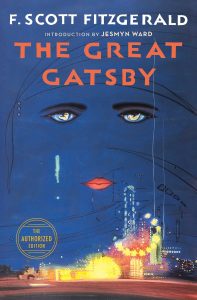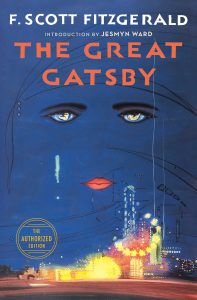Before coming to law school, I only had a vague understanding of what the public domain was. Mostly, it seemed like a phrase people would throw around when describing music that was insanely old. However, a few of my friends make music in their spare time and seeing how they used music they found within the public domain” helped me understand its importance and how it functions.
Using the internet, my friend would find songs that were in the public domain. He would slice and dice particular sections from them. He would then add the sounds into his own sound mix, often changing the pitch and adding effects as he went along. The final product would sound unrecognizable, and usually really cool. (If you want an example of how musicians do this, this link offers some excellent examples of how to use public domain music. It also has a sound example that shows the unique sound a sample creates).

What is in the public domain and why does it matter?
The “public domain” refers to the creative materials (inventions, art, literature etc.) that are not protected by intellectual property laws including copyright and patent laws. Public domain works belong to the public rather than a specific person or company. Anyone can use a public domain work without obtaining permission. This is why artists like my friend often use public domain materials.
The public domain acts as an important counter to intellectual property rights. The most exclusive intellectual property rights – copyright and patent — are designed to give creators a limited monopoly over their creations. This temporary monopoly gives creators and inventors the legal stability they need make a profit off of their works This potential for profit promotes creativity because it acts as a financial incentive for new creations.
However, if these intellectual property rights lasted forever, the intellectual and creative arts fields would be stagnant. If only specific people had claims to certain inventions or works of art, not only would these privately owned works be expensive, no one in the public could share, copy, sell, perform or make items protected by these rights. Yet, art and science is built on copying, improving, and inspiring new creations. Relinquishing works to the public through the public domain promotes progress in the arts and sciences.
Progress Made Possible
This is the beauty of the public domain. It enables creative development and sharing. This allows people greater flexibility to create or invent without risk of violating copyright or patents. The rights that are secured by copyright, the right to reproduce, preform, display, and so on can be done by anyone in the public without risk of infringement once the copyright expires. By extinguishing the creators’ exclusive rights granted by IP law, public domain allows the monopoly of intellectual property rights to be temporary and encourages progress.
If you’ve ever wondered why there are so many adaptations of William Shakespeare’s “Romeo and Juliet”, Jane Austen’s “Pride and Prejudice”, Bram Stoker’s “Dracula” — aside from the works being some of the strongest in the literary canon – these are already in the public domain, so it is easier for people to adapt these works since they belong to the public.
How Do Copyrighted Works Enter the Public Domain?
For background on how the public domain functions, most copyrighted works enter the public domain when their copyright term expires. The copyright term for a particular work depends on several factors, including when the work was made and whether it was published. For published works created after January 1, 1978, copyright protection lasts for the life of the author plus 70 years. For an anonymous work or a work made for hire (which is a special category of works defined by statute) the copyright endures for a term of 95 years from the year of its first publication or a term of 120 years from the year of its creation, whichever expires first.
Small Time Creators Are Helped by the Public Domain
While many may not realize it, the public domain likely impacts the everyday artist who’s seeking to experiment, like my musician friend. The public domain makes it easier for small-time creators who likely could not have paid the licensing fees required to use copyrighted materials within their projects. Most of the time, in order to use a copyrighted work, users have to pay the artist a fee in order to do so – or else worry about being sued by the copyright owner who has the right to exclude others from the copyrighted work. Public domain works are not owned by anyone, so there are no fees to worry about. So Youtubers, film students, cover artists and even SoundCloud rappers all have a cache of works to draw from without having to worry about copyright risks. (In fact, because so much of media and music is copyrighted, SoundCloud, actually offers advice for its users on how to avoid infringement)
What’s New in the Public Domain Neighborhood?
As of January 1, 2021, works published or registered in 1925 have entered the public domain. Works from 1925 that are now in the public domain include some heavy-hitting classics like, “The Great Gatsby” by F. Scott Fitzgerald, “Mrs. Dalloway” by Virginia Woolf, and songs by Duke Ellington. This means that we may see some more Great Gatsby book or film adaptations, or maybe I can encourage my friend to use a sample of Duke Ellington within his next music project.
Having a better understanding of what the public domain is and how it functions has helped me better appreciate how intellectual property law can impact the everyday creator and influence the kind of media we experience in our day-to-day life, from the music we hear to the films we see or books we read.

Kayla Stetzel
Publication Editor
Loyola University Chicago School of Law, J.D. 2022
